Introduction
In recent years, the rise of electric bicycles, or e-bikes, has transformed our understanding of urban transportation. Initially perceived as a convenient means of personal transport, e-bikes have found a new and exciting purpose: cargo transport. Particularly, pedal-assist e-bikes have emerged as a sustainable and efficient solution for moving goods within bustling urban environments. In this blog, we will explore the power of pedal-assist e-bikes and their role in revolutionising cargo transport.
The Evolution of Cargo Transport
Importance of Cargo Transport
Cargo transport is a vital component of any urban ecosystem. From delivering packages and groceries to transporting construction materials, efficient logistics are crucial for city functioning. Historically, this domain has been dominated by motorised vehicles, primarily trucks and vans. However, these vehicles significantly contribute to pollution, congestion, and road degradation. Moreover, they often struggle to navigate the cramped and congested streets typical of urban areas.
The Shift Towards Alternatives
In response to these challenges, cities around the world are exploring alternative transport solutions to reduce their environmental impact. Pedal-assist e-bikes have emerged as a powerful contender, offering several key advantages over traditional delivery methods.
The Pedal-Assist Advantage
What are Pedal-Assist E-Bikes?
Pedal-assist e-bikes are equipped with an electric motor that provides assistance to the rider's pedalling efforts. Unlike traditional e-bikes, which can be fully throttle-controlled, pedal-assist models require the rider to pedal, while the motor offers varying levels of support.
More reading:The Power of Pedal-Assist: Exploring E-Bikes for Cargo Transport
Key Advantages of Pedal-Assist E-Bikes
-
Sustainability: Perhaps the most significant advantage of pedal-assist e-bikes is their sustainability. These bikes produce zero emissions and consume far less electricity compared to motorised vehicles. This makes them an environmentally friendly alternative for urban cargo transport, contributing to cleaner air and lower carbon emissions.
-
Reduced Congestion: A major contributor to urban congestion is the presence of large delivery trucks and vans. Pedal-assist e-bikes occupy significantly less space on the road, alleviating traffic congestion and making urban areas more accessible for all road users.
-
Cost-Effectiveness: Operating and maintaining an e-bike is considerably cheaper than running a motorised vehicle. Fuel, insurance, and maintenance costs are greatly reduced, making e-bikes an appealing option for businesses aiming to optimise their logistics budgets.
-
Flexibility: E-bikes can navigate through traffic more efficiently, reaching destinations that may pose challenges for larger vehicles. This flexibility is especially valuable for last-mile deliveries, where the ability to manoeuvre through narrow streets and tight corners is crucial.
-
Health Benefits: Riding a pedal-assist e-bike requires physical effort, promoting physical activity among riders. This can lead to positive health outcomes, reducing sedentary behaviour and enhancing the well-being of delivery personnel.
Success Stories
New York City
In the vibrant streets of New York City, UPS has deployed a fleet of pedal-assist e-bikes to enhance delivery efficiency. These bikes can easily navigate through congested traffic, facilitating quicker and more sustainable deliveries.
Amsterdam
In Amsterdam, a city renowned for its bicycle-friendly infrastructure, companies like DHL are employing e-bikes for cargo transport. The flat terrain and well-designed bike lanes make Amsterdam an ideal testing ground for the effectiveness of pedal-assist e-bikes in logistics.
China
In many Chinese cities, e-bikes have become ubiquitous for delivering everything from food to parcels. Companies like Alibaba's Cainiao and Meituan Dianping utilise extensive fleets of e-bikes for last-mile deliveries, leveraging their efficiency in densely populated urban areas.
Challenges and Considerations
Regulatory Framework
While the adoption of pedal-assist e-bikes for cargo transport is promising, several challenges must be addressed. Cities need to establish clear regulations for e-bike use, including safety standards, speed limits, and designated bike lanes, to ensure their safe integration into existing transportation systems.
Infrastructure Development
Adequate infrastructure, including dedicated bike lanes and secure parking facilities, is crucial for the successful implementation of e-bikes in cargo transport.
Battery Range
The limited battery range of e-bikes can pose a constraint for long-distance deliveries. Companies need to plan routes and charging points strategically to overcome this challenge.
Security Concerns
Cargo security remains a significant concern, and companies must develop secure storage solutions for packages transported on e-bikes.
Related:Cargo Bikes vs. Cars: Which is Better for Urban Transportation?
Conclusion
Pedal-assist e-bikes are revolutionising urban cargo transport. Their sustainability, efficiency, and cost-effectiveness make them an appealing choice for businesses and cities looking to minimise their environmental impact and improve logistics. As technology continues to evolve and cities adapt to this new mode of transportation, we can expect to see an increasing number of e-bikes on our streets. This transformation promises to change the way we move goods, contributing to greener, healthier, and more efficient urban environments.



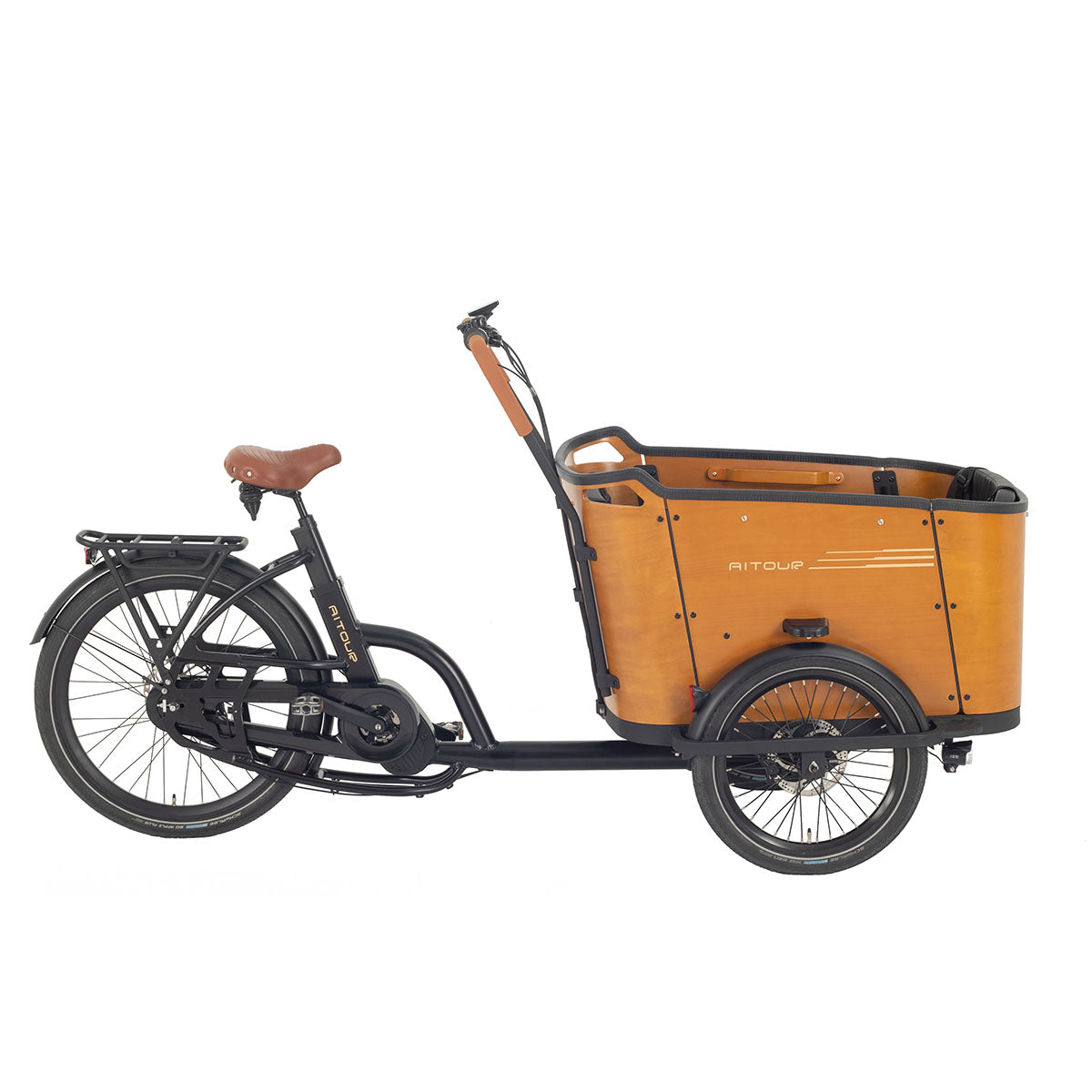
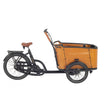

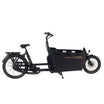
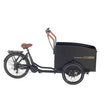
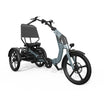
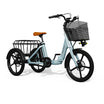
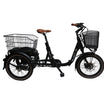
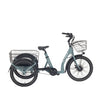

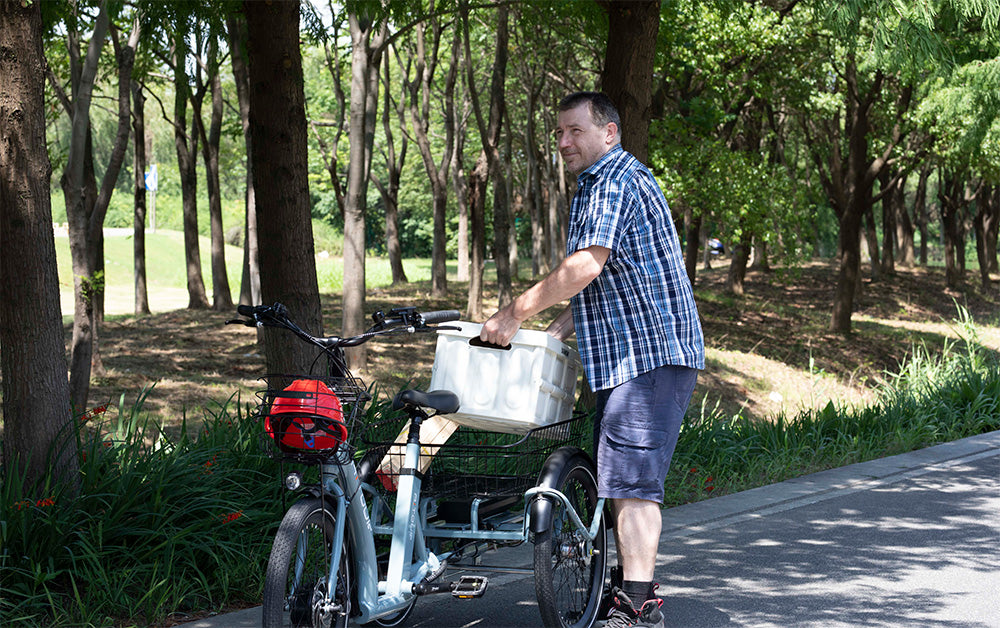

Leave a comment
All comments are moderated before being published.
This site is protected by hCaptcha and the hCaptcha Privacy Policy and Terms of Service apply.